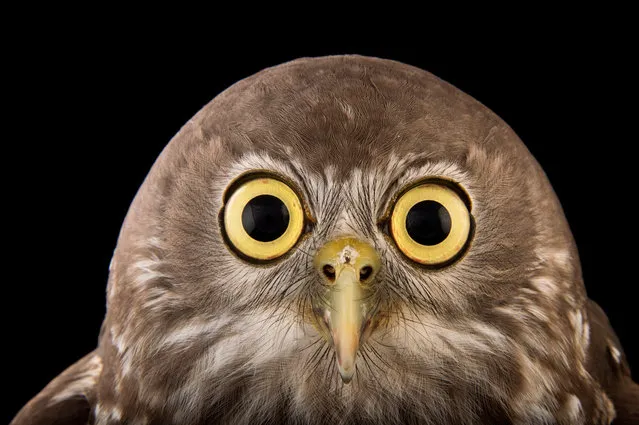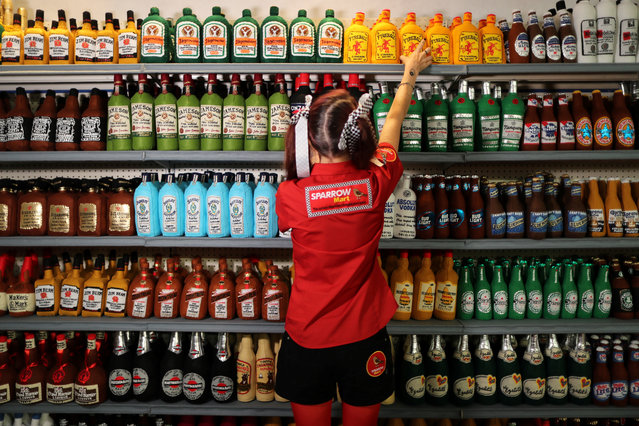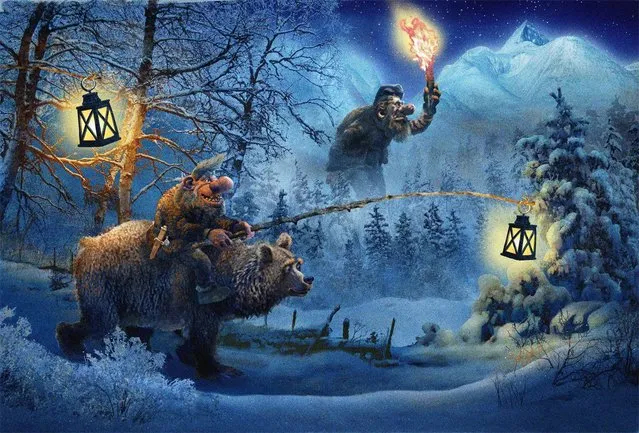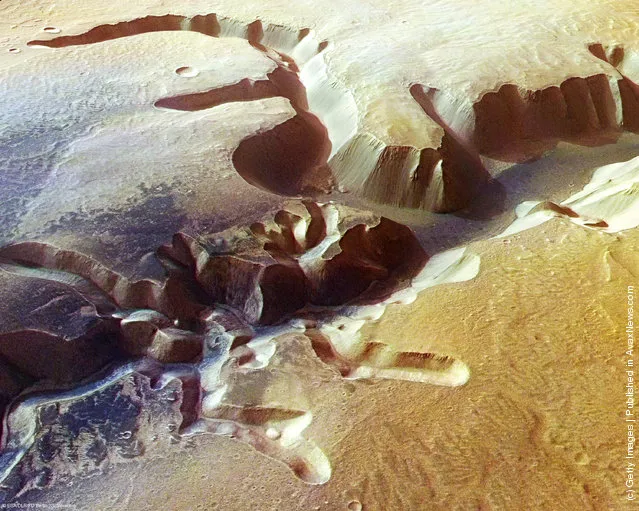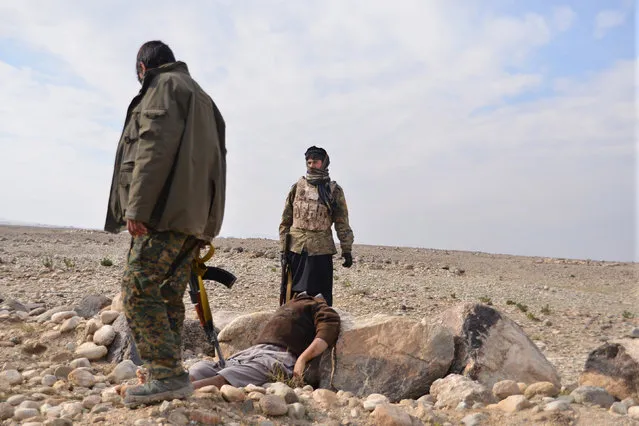
Afghan militia men stand near to the dead body of a beheaded Islamic State group loyalist in the Achin district of Nangarhar province east of Kabul, Afghanistan, Sunday, December 27, 2015. An Afghan official says fighters for the Islamic State group and a militia controlled by a prominent lawmaker have beheaded a total of eight men in tit-for-tat revenge killings in the eastern border province of Nangarhar. (Photo by Mohammad Anwar Danishyar/AP Photo)
29 Dec 2015 08:00:00,post received
0 comments

